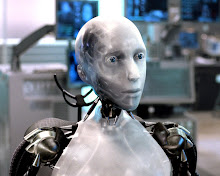UNIX: It's a computer operating system developed in 1969 by AT&T employees at Bell Labs. To open a file you had to type in a series of codes and commands. It was extremely hard for the inexperienced.
Upload: It's the upload of a file or program from one computer to another.
Uniform Resource Locator: More known as URL, it specifies where an identified source is available and how to retrieve it. Ex: http://www.blogger.com/
Usenet: It's a a worldwide distributed discussion system.It functions as the bulletin board for the internet and it's used in all online discussion boards and forums. It's composed of many ever changing servers that store and forward messages to each other. Users can read and post messages through their local internet service provider, university or employer. Then the sevrers will exchange messages making them available to anyone.

Utility Programs & Software: It's a computer software which is designed to help manage and tune the operating system, computer hardware or application software by performing a single task or a small range of tasks. Ex: Disk Defragmenter, Anti-Virus, Data Compression and so much more.
Vector Graphics: It's the use of geometrical primitives which are like lines, points and curves to represent images in computer graphics. What makes it really good is the fact hat no matter how much you zoom in on a picture you still have the image quality as before zooming in since it's not based on pixels.
Video Conference: It's a technology that allows 2 or more parties to interact online using a webcam.
Video-on-demand: It's a system that allows users to select and watch the video content on demand.
V-RAM: This is the memory used to store image data that the computer displays. It acts as a buffer between the CPU and the video card. When a picture is to be displayed on the screen, the image is first read by the processor and then written to the VRAM.








No comments:
Post a Comment